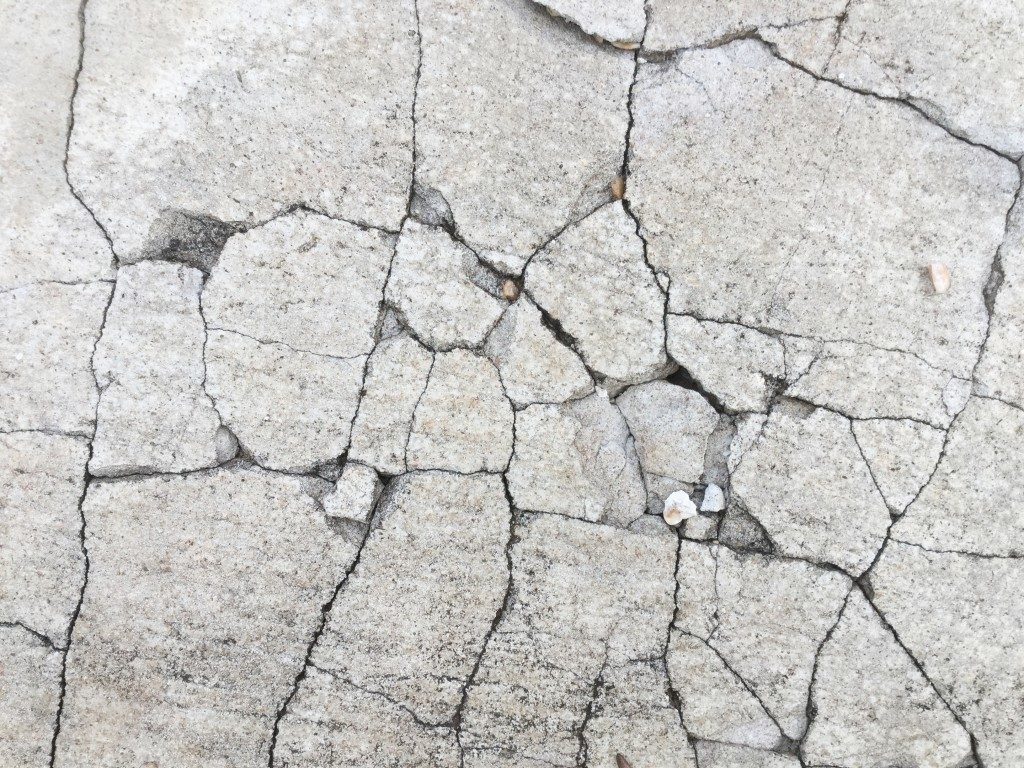Concrete floors are stiff and hard, but they often crack for several reasons. Cracks in the concrete floors of your home in New York City can develop into a severe problem. Therefore, it is crucial to inspect and prepare the area where you will pour the concrete to prevent the formation of cracks. Although cracks in concrete floors are unavoidable, some measures can help limit the formation of cracks. It might be crucial to know what causes cracks to develop in a concrete floor before taking any preventive action. The best time to eliminate potholes in a concrete driveway is before they form.
Mixing Ratio
The strength of a concrete driveway depends on how it was mixed. Different mix ratios apply to different construction needs and applications. Stresses and loading applied to a concrete floor also determine its strength and durability. You have to add adequate water to the mixture to give it the required firmness.
Curing
One technique that aids in preventing cracks in a concrete floor is curing. Water will, of course, evaporate during the hydration process and leave pores on the surface. However, builders can avoid this situation by keeping their concrete surface moist. You can wrap wet bags around vertical concrete surfaces to prevent the formation of cracks in a driveway. Curing works well in dry and hot weather when there is a high evaporation rate.
Compaction
The compacted concrete mix seems sturdy and has fewer pores. You can provide reinforcement spacing in a way that will allow the mixture to spread to all corners. You can use either a vibrator or your hands to compact the concrete and make sure that the concrete cover is adequate. The ground should also be compact enough to avoid unnecessary settlement.
Prevention of Water Permeability in the Concrete Floor
Cement and sand form a porous material that allows water to be entrained through tiny pores. Entrained water in cold regions will freeze inside the floor and cause cracking in the concrete deck or driveway. Similarly, underground structures will allow water to seep and cause steel reinforcement to rust and cause more cracks to develop.
Adequate Reinforcement

Concrete forms a brittle material, but a little reinforcement makes it resistant to tensile stresses. Support can also help prevent brittle failure on a concrete floor that has cracks. You can use codes to know the maximum spacing needed between bars at different locations of a concrete floor. After that, add lesser spacing at the end of the span and joints to avoid excessive cracking.
It is up to you to execute precautionary measures that will make sure that your concrete floor doesn’t crack. The decrease in temperature and shrinkage produces tensile stresses in restrained concrete causing it to break. However, you can control drying shrinkage by addressing all factors that contribute to it.
Contractors have plenty of options to prevent cracking of their concrete walls or floors. Besides the design of the concrete, it might be crucial to consider the degree of the concrete during cooling and drying. You should provide isolation and expansion joints at reasonable intervals to avoid cracks in a driveway.

